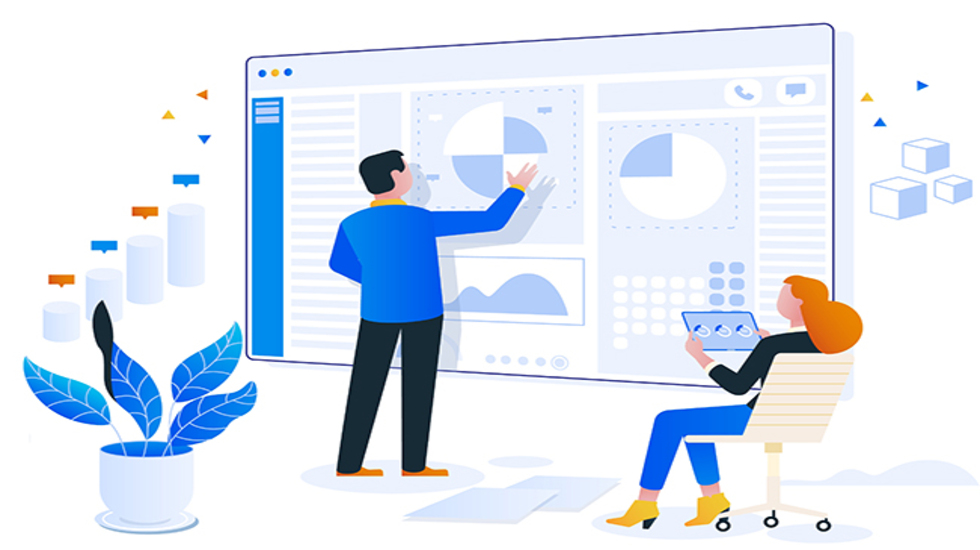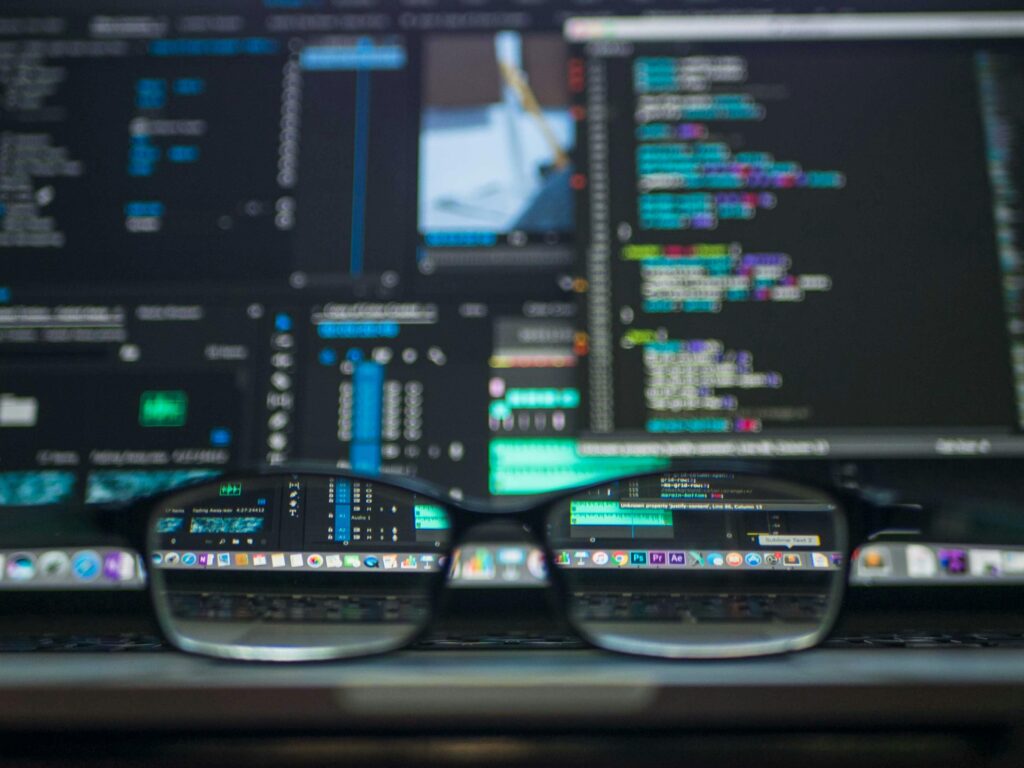AI jobs remote are reshaping how people work and how companies build technology. What began as a shift to remote work has grown into something deeper, a global network of human and machine intelligence that operates without borders.
This is what we call distributed intelligence. It’s the ability for people, systems, and data to connect and act together, regardless of location. In this model, knowledge doesn’t sit in one office or one country. It moves fluidly through teams, supported by AI, automation, and cloud infrastructure.
Distributed intelligence changes how companies operate. An AI engineer in Boston can refine a model that a data scientist in Singapore trained overnight. A product team in Dallas can deploy that model to users before their morning coffee. Work continues 24 hours a day, without a single point of delay.
For businesses, this isn’t just about remote convenience. It’s about access, speed, and resilience. Distributed teams mean access to top talent anywhere. They mean faster iteration through round-the-clock collaboration. They mean systems that stay productive even when local disruptions occur.

At OCTAGT, we help companies build and manage this kind of connected capability. Our focus is on creating software ecosystems that link people and technology into one continuous flow of intelligence. Whether through custom AI development or remote team augmentation, we enable our clients to deliver at scale, securely, efficiently, and without boundaries
Distributed intelligence is not the future. It’s the present moment of AI work, one that rewards companies ready to build beyond location.
The Shift from Centralized Teams to Distributed AI Workforces
AI development once relied on everyone being in the same room. Engineers, data scientists, and analysts worked side by side, sharing whiteboards and code reviews. That setup made sense when infrastructure was tied to local servers and security meant physical control. But it also created limits, limited hiring pools, slower scaling, and long delivery cycles.
Today, that model no longer fits how AI work happens. Distributed AI workforces have taken its place. These are teams connected through cloud platforms, shared data environments, and automated workflows. Instead of gathering in one office, they meet in digital spaces, structured, traceable, and always active.
The change didn’t happen overnight. It came through steady progress in three areas:
- Cloud computing. Compute power no longer sits in one data center. Teams can spin up resources anywhere and run large models without local hardware. Platforms like AWS, Azure, and Google Cloud have turned AI into a remote first discipline.
- MLOps platforms. Continuous integration, deployment, and monitoring tools have brought software-style automation into machine learning. They make it possible for distributed teams to test, validate, and update models together, even when they work from different continents.
- Real-time collaboration tools. Shared dashboards, version control systems, and live notebooks have replaced office handoffs. Tools like GitHub, Slack, and Databricks keep teams in sync without physical proximity.
These enablers form what can be called a remote-first intelligence network. This is a structure where people, algorithms, and data interact across borders as if they were in the same lab.
For companies, this means they can scale AI capacity fast and reduce downtime. A model can be trained in one region, reviewed in another, and deployed globally within hours. For talent, it means equal access to meaningful work, regardless of geography.
At OCTAGT, we see distributed AI workforces as the natural evolution of intelligent systems. We help clients build the frameworks that make this possible, secure pipelines, aligned workflows, and automation that keeps every contributor connected.
The result is not just remote collaboration. It’s a stronger, smarter system of shared intelligence that grows with every project delivered.
Why AI Jobs Remote Are Transforming the Enterprise Landscape
The move toward remote AI jobs is doing more than changing hiring patterns; it’s redefining how enterprises think, build, and grow. AI used to be the domain of central R&D hubs or tech giants clustered in a few cities.
That’s no longer the case. Today, companies across industries (from finance to healthcare to logistics) are building distributed AI teams that deliver global impact from local desks.
Access to global AI talent
The demand for AI talent has far outpaced supply in most major cities. Remote work removes that barrier. A company in San Francisco can now hire a machine learning engineer in Warsaw, Poland, or a data scientist in São Paulo, Brazil, without relocating anyone or having to meet them in person. This shift unlocks access to specialists in computer vision, NLP, and reinforcement learning who were previously out of reach.
For businesses, this means faster team assembly and less dependence on limited local markets. For professionals, it means equal opportunity. The convenience of high-value work without the cost and disruption of moving across borders.
Speed and operational agility
Distributed AI workforces bring built-in speed. When teams span time zones, development cycles can run around the clock. Data preparation, model training, and testing can move faster through coordinated handoffs. Using MLOps pipelines hosted on the cloud, models can be updated and deployed instantly, without the need to wait for centralized sign-offs.
This model shortens time-to-market for AI-driven products. A startup with remote data scientists can deliver a new recommendation engine or fraud detection model weeks ahead of schedule. Large enterprises benefit too, as distributed collaboration helps them innovate without expanding physical infrastructure.
Innovation through diversity
Remote AI jobs are also expanding the creative capacity of companies. It goes without saying that when engineers, analysts, and researchers come from different countries and technical backgrounds, their approach to data is different. That diversity, in essence, improves how models are trained and validated.
An AI system built by a globally distributed team often captures a wider range of human contexts (cultural nuance, language diversity, and varied behavioral patterns). This matters deeply in AI ethics, fairness, and bias reduction.
At OCTAGT, we see this dynamic daily. When our AI and software experts work with clients across continents, they bring unique problem-solving instincts shaped by both culture and code. That’s where distributed intelligence shows its strength, innovation through difference, united by shared purpose.
The enterprise impact
- Broader hiring reach: Access to high-demand AI talent across continents.
- Operational speed: Continuous progress through multi-time zone collaboration.
- Stronger innovation: Diversity-driven creativity that leads to better AI models.
The remote AI shift isn’t just a workforce change; it’s a structural advantage. Companies that embrace distributed intelligence aren’t just saving costs; they’re building smarter, faster, and more adaptable systems that keep them ahead in a world where AI defines competitiveness.

The Human Side of Distributed Intelligence
Behind every algorithm is a person. There is always someone designing, training, testing, and improving it. The growth of remote AI jobs has made this human element even more visible. Distributed intelligence isn’t just about smarter systems; it’s about smarter collaboration. It’s where people and machines, working across borders, amplify each other’s strengths.
Opening doors to inclusive hiring
Remote AI work has, without a doubt, removed long-standing barriers to entry. Think of it this way. You no longer need to live near a tech hub to join high-impact projects. A skilled data analyst in Lagos, Nigeria, a model engineer in Buenos Aires, Argentina, or an ethics researcher in Prague, Czech Republic, can now contribute to the same system development.
This shift has inadvertently widened the talent pool and made AI more inclusive across geography, gender, and background.
Companies that embrace this model gain a genuine competitive edge. They’re not just accessing talent. Far from it. They’re tapping into diverse lived experiences that make AI systems more adaptable and fair. When more voices shape model training and evaluation, bias declines. When teams include varied viewpoints, decision-making improves.
Building culture across distance
Distributed AI teams can only thrive when the culture supports openness and trust. Communication, in this regard, isn’t an afterthought. It’s the core of how they work. That means using shared frameworks for model documentation, consistent coding practices, and transparent project tracking.
But culture is more than process. It’s about how people feel when they log in each day. Leaders of remote AI teams must create space for informal connection, feedback, and recognition. The best distributed teams make collaboration feel human and not transactional. They understand that productivity grows from belonging and not surveillance.
At OCTAGT, remote collaboration isn’t just technical, it’s relational. Our AI and development teams connect through daily syncs, open code reviews, and ongoing mentorship. We invest in communication tools and learning ecosystems that help distributed professionals grow while staying aligned with client goals.
Continuous learning in a fast-moving field
AI changes daily. Frameworks update. Datasets grow. What worked six months ago may already be outdated. Remote AI professionals need more than task direction; they need structured learning and shared discovery.
That’s why successful distributed AI organizations invest in ongoing training and peer exchange. Internal seminars, shared experiment logs, and cross-project reviews keep everyone at the edge of innovation. This approach replaces hierarchy with knowledge flow, where learning moves freely between people, not just from top to bottom.
Human creativity meets machine precision
The most powerful AI systems don’t replace people; they expand what people can do. Distributed intelligence essentially combines human imagination with computational rigor. AI models can parse massive data sets, but they still need people to define what matters, what’s ethical, and what’s possible.
Remote AI teams embody this balance. They rely on machine precision for pattern detection but depend on human creativity to ask the right questions. Together, they form a loop of improvement (machines inform humans, and humans refine machines).
This synergy is the future of work. It’s not about automating human judgment but scaling it through technology. It’s where distributed intelligence becomes not just a technical structure, but a new social contract, one that values inclusion, learning, and creativity as much as code.
In conclusion, AI jobs remote are no longer optional. They are how modern enterprises build, innovate, and compete. Distributed intelligence connects skills, systems, and insight from every corner of the world.
OCTAGT helps clients turn that connection into real results through custom software, remote AI teams, and end-to-end support for every stage of development.If your organization is ready to scale AI delivery with trusted global talent, talk to OCTAGT. Together, we’ll build the future of work, one distributed team at a time.
 October 29, 2025
October 29, 2025 